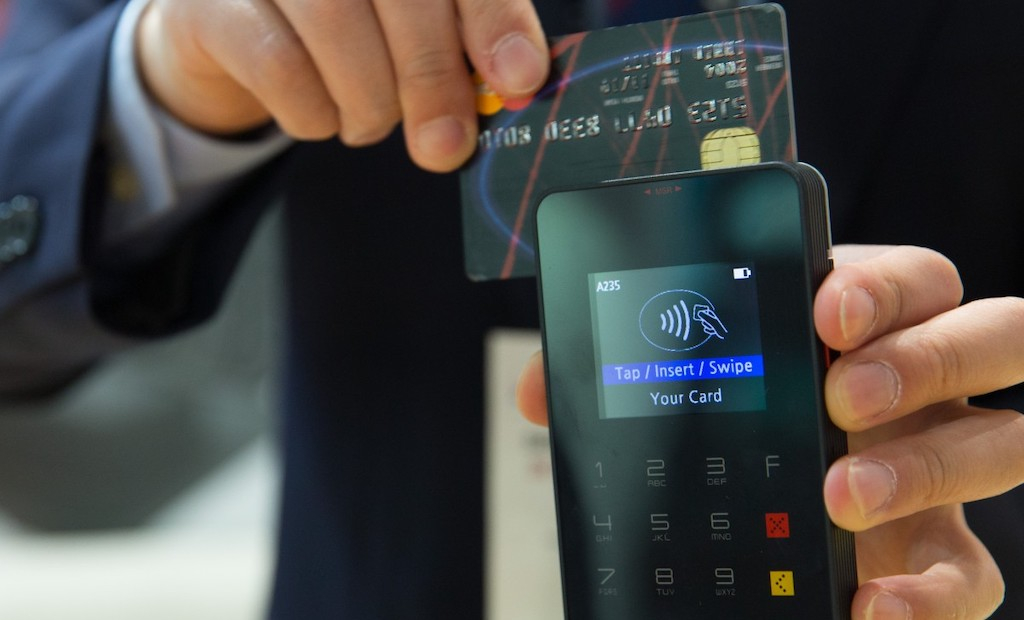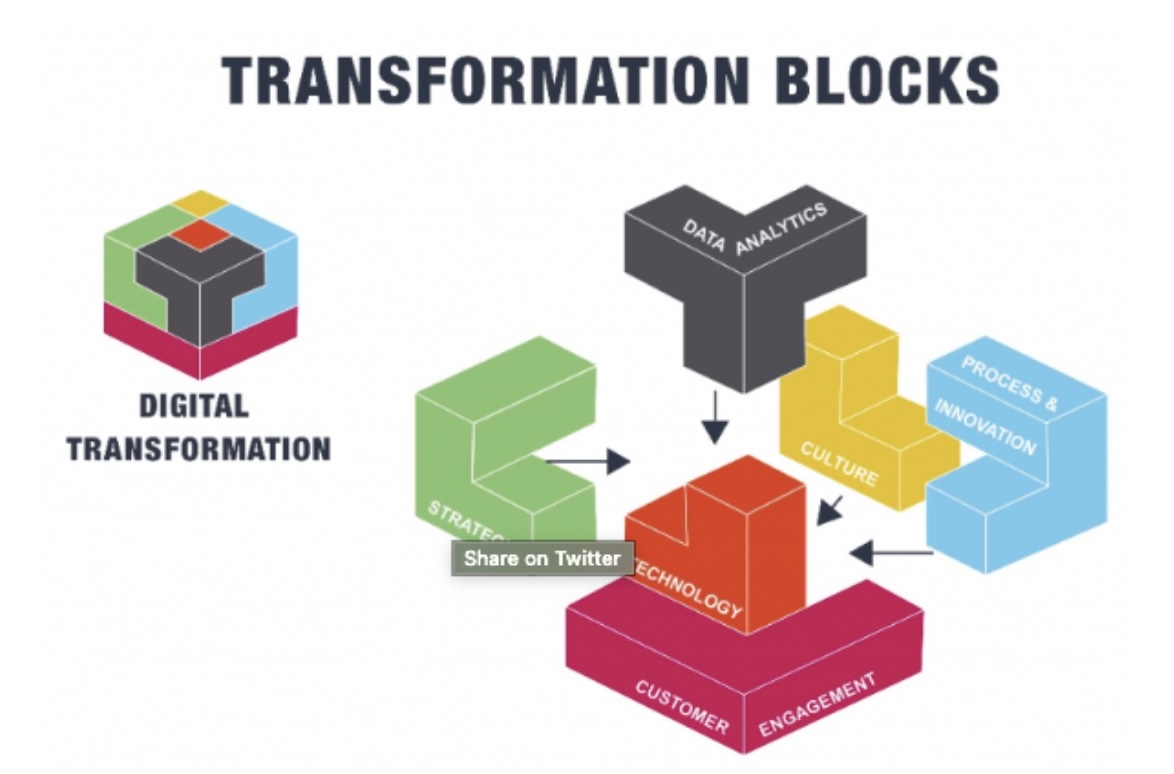Embracing digital transformation in retail: Integrating POS systems with online stores

In retail, as with many other industries, the advancement of technology has opened up a wealth of opportunities for growth.
Specifically, point of sale systems have developed over the years and the EPOS systems of today offer more flexibility and options in how you run your business, handle data, and integrate a brick-and-mortar shop with an e-commerce store.
Embracing digital transformation is one of the best ways you can do – not only to keep pace with the industry leaders, but to stand out from your competition and increase sales even in the face of low consumer spending.
Image Source: Lean Apps
The evolving landscape for POS systems
In 2024, there’s a growing demand for accessibility and convenience from consumers. Many consumers want the option to be able to pay in various ways, seamless payment processes, and fast transactions.
Among all grocery channels, convenience has the most significant impact on how much shoppers bought and how often they went shopping in 2021.
With many traditional POS systems, it’s becoming increasingly more challenging to keep up with these modern consumer demands. The classic cash register and payment machine with mechanical buttons still serve a purpose, but they’re getting more outdated by the day.
Ever since the introduction of EPOS systems, there’s been a shift in consumer expectations towards seamless payments and omnichannel retail sales.
There’s many reasons to invest in EPOS systems for your retail business if you haven’t already, not least because of all the ways you can manage data and integrate with your existing tech stack to offer customers a more complete experience when they buy your products. Plus, the POS System Market in Europe is set to undergo substantial growth until 2027 as the demand for efficiency and secure payment systems also grows.
Implementing POS into your online store
Since traditional POS systems offer limited to no technology integrations, you’ll need to rely on EPOS systems to create an omnichannel retail strategy that involves both brick-and-mortar shops and e-commerce stores.
Once you’ve set up your EPOS system, you can use it to get more from your online stores.
Choose an EPOS that’s compatible with what you want to offer from your online store, considering some of the following factors:
- Cloud-based data management – Access customer and sales data from any POS touchpoint so you can pull up relevant information to inform loyalty programmes and make decisions based on historic data
- Inventory management – With real-time inventory synchronisation, you can get updates wherever you are when stock is running low in-store or for your online store.
- Payment gateways – By integrating payment processors into your online store, you can offer the same experience whether customers buy from your business in person or online.
- Unified loyalty programme – Creating a unified loyalty programme allows you to offer incentives and rewards to customers regardless of how they make a purchase with you.
- Order fulfilment – Manage all of your orders from a single interface so you can keep track on purchases.
- Data reporting and analytics – Access a wealth of data that you can use to extract insights on customer behaviour and predict trends
The smart move for small businesses or enterprises
While it may seem like a move reserved for fast-moving businesses that are tech-first and looking to scale rapidly in the online space, integrating your POS with an online store is an astute move whether you’re in a small business or enterprise.
Digital transformation isn’t just for the few businesses that want to 10x their results and capitalise on an increasingly digital economy, it’s for the everyday business, the family business, and the international enterprise.
In a survey of 2,200 tech executives from KPMG in 2022, it was revealed that 67% expected to embrace emerging technology platforms over the next few years.
Small businesses
For small businesses, there may be a concern with increasing overall expenses and investing in a software infrastructure that might involve several solutions. Yet if that’s what it takes to meet what the market wants, it’s a calculated risk.
According to eMarketer, global e-commerce sales are expected to reach $6.38 trillion in 2024. This is a market that every business could – and arguably should – tap into, and there are cost-effective ways of doing it too.
Image Source: Emarketer
The main benefit for small businesses is flexibility, as they can rapidly scale their operations with a unified sales process in-store and online.
Enterprises
For the enterprise, the resistance to change may be more centred around the huge operation of migrating data from a POS system to an EPOS system.
However, since most enterprises will already offer an e-commerce element to their business, the issue of data migration isn’t as significant a headache as it may initially seem. Plus, once the customer and sales data is in the new system, cloud-based access and real-time data reporting open up new possibilities for increasing revenue.
The editorial unit



























Facebook
Twitter
Instagram
YouTube
RSS